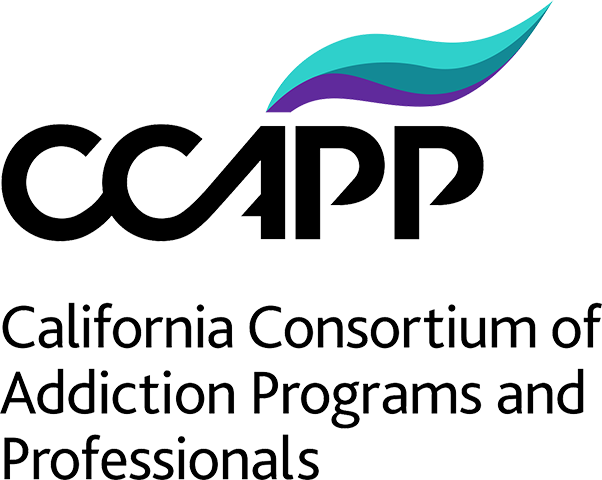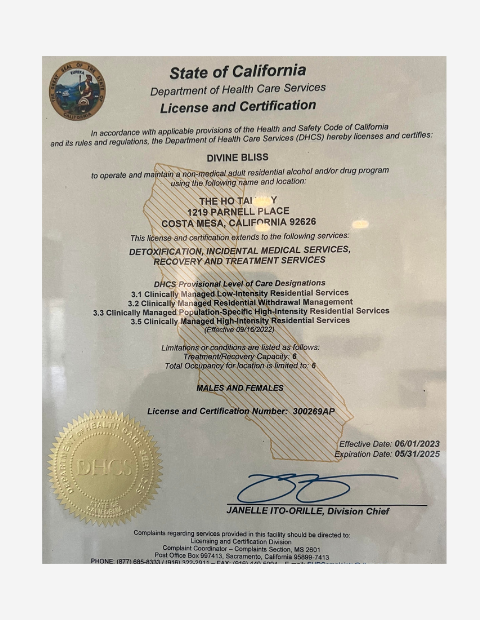Alcohol and drug addiction has been on the rise with statistics showing that about 21 million Americans struggle with at least one addiction. Of all substances, alcohol is the most abused and has the highest mortality rate, with 88000 people reportedly losing their lives to alcohol-related causes. While this is sad, the bright side about it is that people are now realizing the detrimental impact drugs have on society. Thus they’re slowly warming up to the idea of treatment.
This has, in turn, spurred the development of more alcohol and drug addiction treatment centers. California being among states that are most affected by this problem, has many treatment facilities where those seeking recovery can get help. While this is something positive, the countless options often leave those in need of assistance in a dilemma as they are often stuck between gender-specific and coed treatment. To ease the difficulty here is all you need to know about the gender-specific treatment model and why it’s so popular right now.
What Exactly is the Gender-Specific Drug Rehab Program?
As the name suggests, a gender-specific treatment program is a drug addiction treatment model geared towards the recovery of a particular gender. In other words, if a particular treatment facility is for women, then it’ll only have females within it. This is unlike coed facilities where male and female patients live together during recovery.
Why Gender-Specific Drug and Alcohol Treatment Facilities Were Created?
Women tend to have an elevated chance of undergoing childhood trauma and interpersonal violence in both adolescent and adult relationships more than men. Also, addiction in women tends to progress faster than in men. As a result, they’re usually more prone to addiction than men. Even though the odds are generally stacked against them, it’s surprising that addiction is less prevalent among women than it is in men.
Also, due to the notion passed across by most cultures that women should be home keepers, they have for a long time been stigmatized for addiction. Hence are less receptive towards the idea of treatment. In fact, for the longest time, addiction treatment was more geared towards men than women.
In a bid to address these issues and make it easier for women to seek addiction treatment without feeling ashamed, the gender-specific model was created. The benefits of these programs, in turn, increased their popularity, and nowadays, there’re gender-specific treatment facilities for male and females.
Benefits of Gender-Specific Treatment Programs
Reduces Sexual Tension
It’s natural for an individual struggling with addiction to feel ashamed for admitting they need help. Acceptance is the first step to recovery, and being open is the second. In other words, recovering from any addiction calls for vulnerability. Thus, while in a room of men and women, a patient is less likely to open up due to sexual tension. For instance, a man in a coed setting is less likely to talk about what caused him to start abusing drugs because he doesn’t want to seem weak.
On the other hand, a female is less likely to tell it as it’s in a coed setting because they don’t want to be judged by the males in the room. While in a gender-specific environment, on the other hand, patients will naturally feel comfortable, which in turn fosters open, honest discussions. This, in turn, promotes recovery.
Less Distraction
It’s natural for people to start having romantic relationships in an environment where both males and females are present. Thus in coed settings, patients are usually more likely to engage in romantic relationships. While we have nothing against such relationships, they often tend to act as distractions to recovery. Also, when two people who have the same problem join hands, the chances of relapsing are quite high. Also, this kind of setting increases time spent on recovery other than addressing gender unique issues. For instance, if a woman is pregnant in a coed setting, the specialist will be forced to spend more time discussing the effects of drug abuse on the unborn child including child care. Even though the men in the room will learn something, the time spent on addressing the issue would have been better off spent in addressing issues that affect their gender. Again, gender-specific treatment programs eliminate this entirely. This explains why they have a high success rate.
Deals Sensitively With Gender Unique Issues
Even though men and women face family, work, and self-esteem issues, it’s vital to note that they’re very different. For instance, when a woman struggles with their self-esteem, it might be as a result of childhood trauma. In a man’s case, it’ll be an entirely different scenario. Being in a group of women who’ve undergone the same thing, it’ll be easier for the problem to be solved. This is because all the patients surrounding her understand what it’s like to be in that position. In the example above, all women in the room will benefit when the issue of drug abuse and pregnancy is discussed.
Cons of Gender Specific Treatments
Doesn’t Prepare the Patient for the Real World
In gender specific settings, only one type of gender is present. Unfortunately, this isn’t the case in the real world. After the patient is done with treatment, they’ll have no option but to go back to the society where both men and women are present. Thus if a patient’s addiction was due to the opposite sex, then they’re more likely to relapse as they’ll face the same issue once therapy is over. In this case, coed settings are more beneficial as they enable one to learn how to live alongside the other gender that caused their addiction thus reducing the chances of a relapse.
Doesn’t Address Misconceptions
It’s quite natural for one genders to feel some type of way towards the other. For instance, there’re certain views that men have towards women that aren’t even a bit true. The same case applies to the opposite gender. In a gender specific setting, these misconceptions may not be addressed as the model is usually more focused on recovery. Coed setting on the other hand addresses these issues. This is because by living alongside each other and engaging in treatment together, men and women get to learn that what they initially thought about each other isn’t really true. This in turn enables them to have healthy connections with each other after therapy.
Conclusion
In a nutshell, the benefits of gender specific treatment outweigh the cons. Therefore, you or your loved one have a higher chance of achieving sobriety and living a fulfilled life through this model. This however doesn’t mean that coed programs don’t work as they can be equally effective based on individual needs.
If you’re looking for a gender specific program then you’re in good company. The Ho Tai way offers gender specific drug treatment programs as we understand the need to remove distractions that may impede one’s journey towards sobriety.









